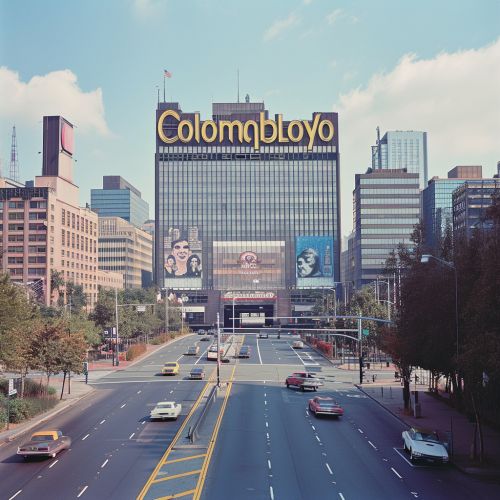Columbia Pictures
History
Columbia Pictures Industries, Inc. is an American film studio and production company that is a member of the Sony Pictures Motion Picture Group, a division of Sony of America, itself a subsidiary of the Japanese multinational conglomerate Sony Group Corporation.


Columbia Pictures was founded on January 10, 1924, by brothers Jack and Harry Cohn and Joe Brandt as Cohn-Brandt-Cohn (CBC) Film Sales. It adopted the Columbia Pictures name in 1925 in an attempt to improve its image. Over the next few decades, the studio produced films featuring some of Hollywood's biggest stars and became one of the leading film studios in the world.
Ownership
The studio has changed hands several times. The Cohn brothers sold Columbia Pictures to The Coca-Cola Company in 1982. However, in 1989, Sony Corporation purchased the studio from The Coca-Cola Company for $3.4 billion, marking the first time a Japanese company had ever owned a major Hollywood studio.
Notable Films and Franchises
Columbia Pictures has produced and released numerous notable films over its history, including classics like "It Happened One Night," "Mr. Smith Goes to Washington," and "Lawrence of Arabia." The studio has also been responsible for several successful film franchises, such as the James Bond, Spider-Man, and Men in Black series.
Logo
One of the most recognizable aspects of Columbia Pictures is its logo, featuring a woman holding a torch, known as the "Columbia Lady." The logo has evolved over the years but has always featured a female figure. The current version of the logo was created in 1992 by artist Michael Deas and features actress Annette Bening as the model for the Columbia Lady.
Impact on the Film Industry
Columbia Pictures has had a significant impact on the film industry. The studio has been a pioneer in many areas, including the development of the "screwball comedy" genre in the 1930s and the production of socially conscious films in the 1940s and 1950s. Columbia Pictures has also been a leader in technological innovation, being one of the first studios to adopt Technicolor and CinemaScope.
